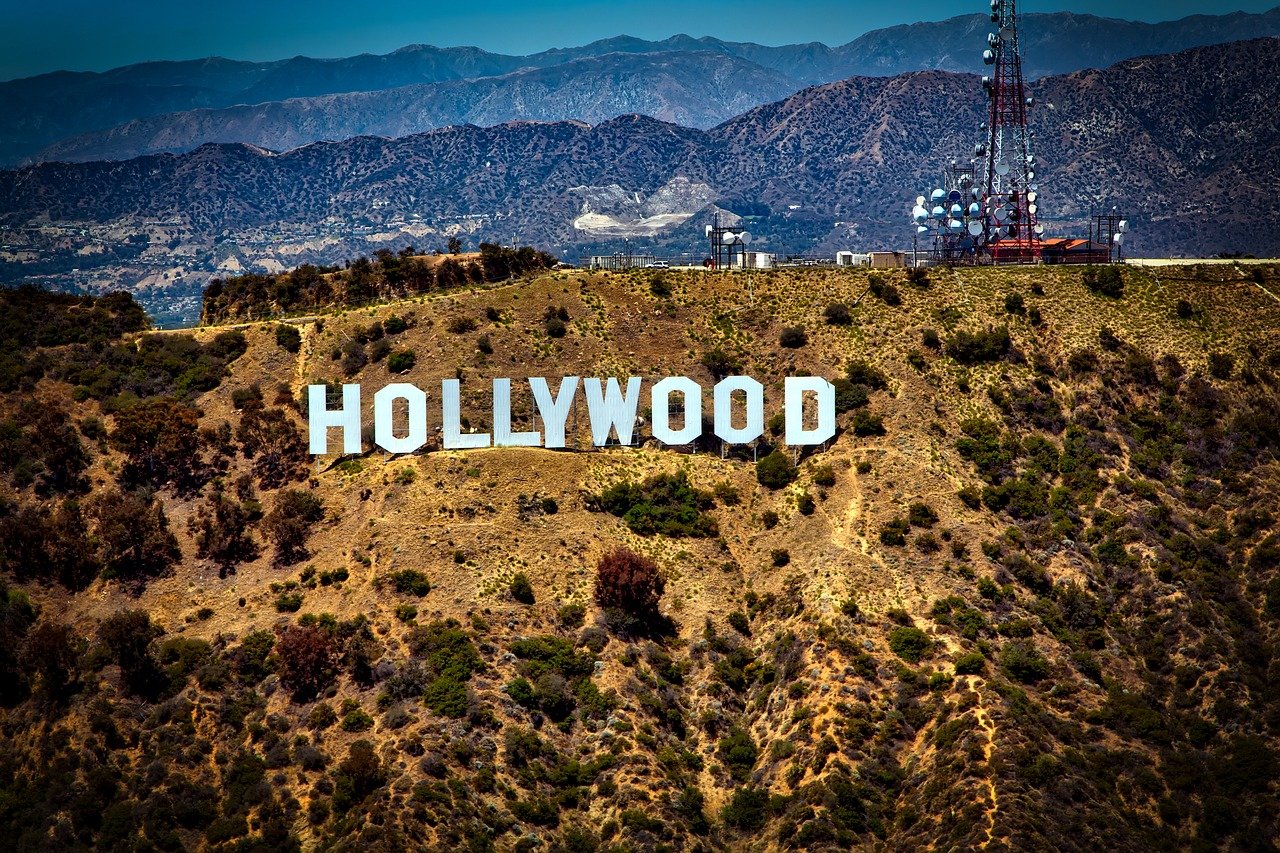The resurgence of the Black Lives Matter movement this past summer has led many industries, including Hollywood, to question their employment practices as well as whether or not their organizations encourage diversity and representation.
Some corporations have taken recent criticism to heart and plan on making changes to their products. For example, Band-Aid is making bandages in more skin tones and Aunt Jemima is removing offensive imagery from its product lines. Although the images on products and advertising materials certainly matter, a key place where representation has not gone far enough is cinema. A lack of diversity in casting and the awards process has long been an issue for the film industry.
The Awards and Casting Process Is Overwhelmingly White
The Academy Awards are notorious for not nominating Black actors/actresses in multiple years, demonstrating the lack of representation in the awards process. In 2015 and 2016, the #OscarsSoWhite movement started after the Academy Awards failed to nominate any actors of color. This year’s awards show had the lowest number of Black nominees in three years (just five), and only one Black nominee for an acting category. The Academy has also been criticized for nominating only five female directors for best director in its 92-year history. Only one female director has won the award.
It is no secret that the film industry rarely casts people of color in lead roles. Actor Mena Massoud, known for portraying Aladdin in the Disney live-action remake, commented on his struggle to find roles after the release of “Aladdin.”
In an interview with The Daily Beast, Massoud said, “I want people to know that it’s not always dandelions and roses when you’re doing something like Aladdin. ‘He must have made millions. He must be getting all these offers.’ It’s none of those things. I haven’t had a single audition since Aladdin came out… It’s like, I’m sitting here being like, OK, Aladdin just hit $1 billion. Can I at least get an audition? Like I’m not expecting you to be like, here’s Batman. But can I just get in the room? Like, can you just give me a chance? So, it’s not always what you think.”
Massoud’s experience is a classic example of Hollywood only casting people of color for specific roles where their presence is expected and ignoring them when there are no longer casting requirements to follow. However, with some of Disney’s latest announcements, things may be starting to turn around in the film industry.
Disney’s Progress May Set an Example For The Rest of the Industry
On Sept. 25, it was announced that Yara Shahidi, known for starring on “Black-ish,” is set to portray Tinker Bell in Disney’s latest remake, “Peter Pan and Wendy.” This is the first time a woman of color will portray Tinkerbell, who was previously played by actresses such as Julia Roberts, Kiera Knightley and Paloma Faith.
Disney is encouraging diversity in its films by casting people of color to play roles typically given to white actors and actresses. The news of Shahidi playing Tinker Bell comes after it was announced in 2019 that Halle Bailey, a Black actress and singer, would play Ariel in “The Little Mermaid” remake.
Media Representation Matters
Representation in film is something many people in Hollywood have not cared about until very recently. One might ask, why does it matter if films are not diverse? If it’s just a piece of fiction, why can’t people just watch the movie and move on with their life?
The answer is that the purpose of cinema is to portray the lives of everyday people and tell their stories and experiences — but the United States you see on screen is not the one many of us live in.
The United States is a country of people from different countries, ethnicities, experiences, religions and languages. But one quick glance at the U.S. media would leave you with a different image: white, Christian and rich. We have grown to accept this gap between media and reality because a white, rich, Christian United States is the world most often depicted in books, television shows and movies.
The responsibility the media has in perpetuating stereotypes and deciding what it means to be a minority is often not acknowledged. White characters are given the luxury of having multiple layers to their personalities whereas characters of color continue to play outdated stereotypes, and rarely the main character. There is little drive to explore these characters beyond what they are on the surface.
This type of misrepresentation is not only insulting but is also harmful to younger generations, who are eager to see someone like them on the big screen only to be left disappointed. When children see people who look like them portrayed negatively or without nuance, they may start to feel discouraged and limited by stereotypes.
The film industry owes it to the young people of the world to portray them accurately and in positions of leadership. Their stories matter and should be told respectfully. Little boys and girls should never feel that the color of their skin impacts their future.
The Future Of Diversity In Film Looks Bright
Films like “Black Panther” and “Crazy Rich Asians,” which had a majority Black and Asian cast respectively, are examples of how diverse representation in storytelling can be successful. Both films cast people of color as the main characters and heroes. Such diverse films are proof that stories of all ethnicities and cultures deserve to be told.
Disney’s decision to cast two Black actresses to play roles typically given to white actresses is something that should be applauded. Hopefully, the rest of the industry will follow Disney’s example. Little girls of color will see someone who looks like them playing such iconic characters for the first time. One can hope that casting actors or actresses of color is not just a trend meant to temporarily satisfy minorities before Hollywood reverts back to its original practices.
















